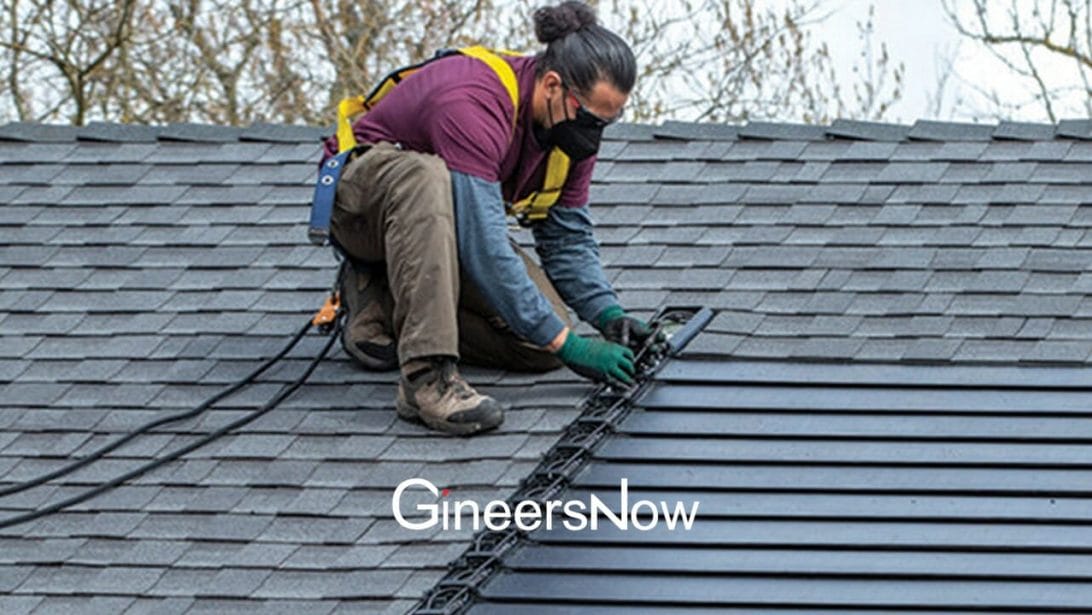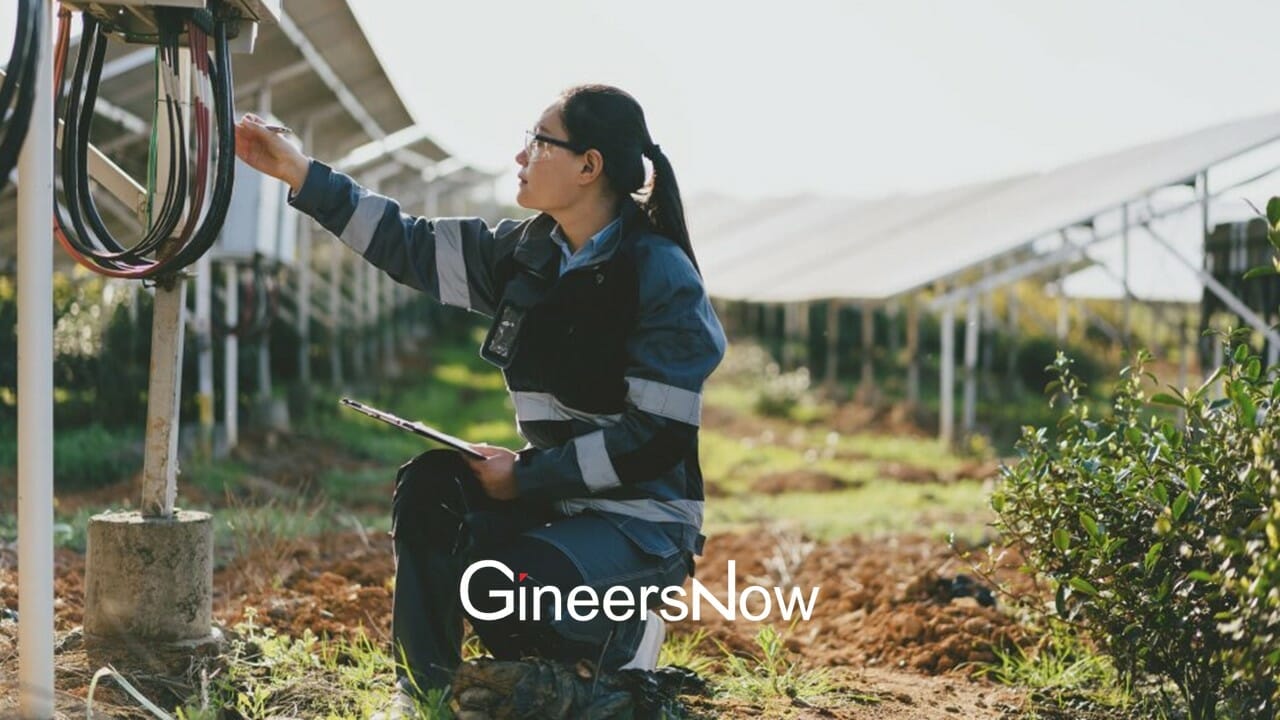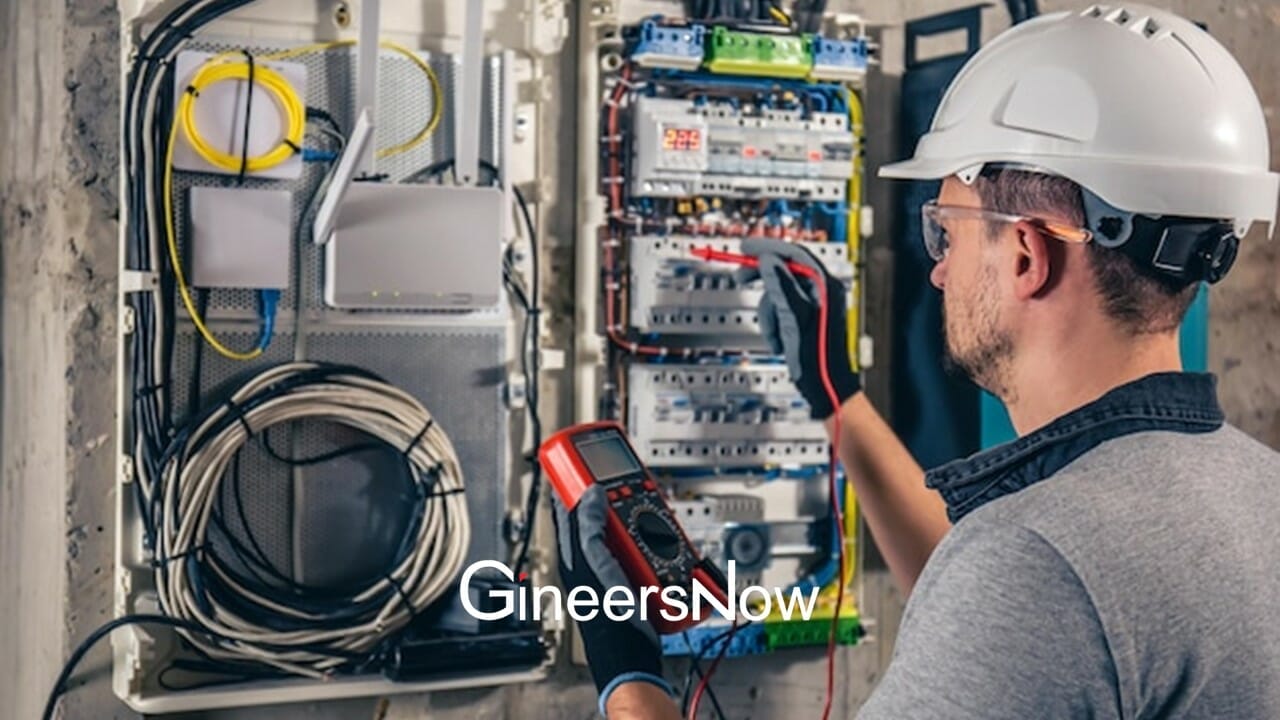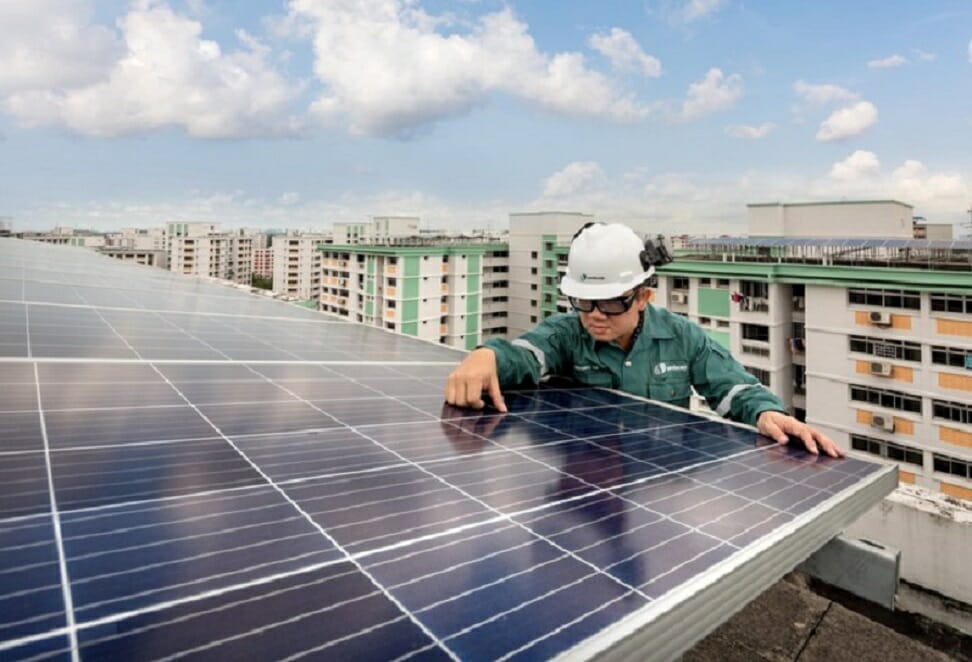If you are planning to build a new photovoltaic system, there are some things you need to consider. Once a system is built, errors are not so easy to fix. This is why I present to you here the 10 most important tips for making the proper installation of solar energy at your house.
10 proper installation tips for solar energy at your house
1. Consider electricity demand
When planning a photovoltaic system, it is important to know your own electricity demand. How many kilowatt hours do you consume? And how is your electricity consumption distributed over the day? A smartly designed photovoltaic system can supply electricity to users until the fall.
2. Choosing the right size
How much area is needed for how much energy? The rule of thumb calculation is very simple: four solar modules (each about 1.6 meters x 1 meter per module) cover an area of about 6 square meters. With them, you produce a peak power of 1-kilowatt peak.
During the year, this means that around 1,000-kilowatt hours of solar energy can be produced. If you want to produce 4,000-kilowatt hours of electricity per year, you will need about 24 square meters of roof space.
3. Solar systems
The view that photovoltaic systems are only effective on the south side of a roof is widespread but outdated. Solar systems facing west or east produce equally good yields. And in some cases, they even adapt better to household consumption peaks, which are generally in the morning and evening.

4. Clever use of a conservatory
A veranda is a wonderful thing. It provides cool shade and protection from rain and thunderstorms. If you use your conservatory intelligently, it can do even more: if you cover your terrace with double-glazed modules, your solar roof will generate climate-friendly electricity.
Another advantage: as the sun is flatter in the sky in winter, the terrace is not shaded by the glass roof. The sun can then penetrate unhindered into the building and support the heating system.
5. Coordination of components
In PV systems and their components, such as solar panels, inverters, energy storage, data acquisition, and control unit, you need to ensure that the various components are coordinated with each other because only a consistent photovoltaic system works smoothly and communicates with your monitoring tool as you expect.
6. Choose a rooftop or on-roof system
In principle, a photovoltaic system can be installed on any roof. In the case of a pitched roof, it is possible to install the system above the existing roof covering, including the tiles. In this case, we are talking about a rooftop system.
The photovoltaic system can also be integrated into the roof. In such a roof system, PV modules take over the roof covering, which some building owners find more aesthetically pleasing. For electricity generation, the choice between a rooftop or in-roof system makes no difference.
7. Combine solar energy with a heat pump
How do you want to heat your home? With oil, gas, or pellets? There is an environmentally friendly and cost-effective alternative: heat pumps use electricity to compress heat energy from the outside air, ground, or groundwater to make the home comfortable and warm. You can generate electricity for the heat pump with your own photovoltaic system.
8. Double use of e-mobility
The trend is clear: e-mobility is likely to become the number one means of transport in the future, as it is both environmentally friendly and economical. In combination with your own photovoltaic system, you can use an e-mobile twice: your electronic car serves as both a vehicle and a battery on wheels. It stores your solar energy when your photovoltaic system produces more than what you are currently consuming.
9. Plan early with specialists
Are you planning to build a house? And you plan to build a solar system there? In this case, you need to consult a specialist already at the design stage of the building. This will ensure that you find the optimal photovoltaic solution for you. And this is whether you are interested in a roof system or an in-roof system.
10. Use specialized craftsmen
Rely on specialized craftsmen. Make sure your photovoltaic systems package covers all necessary safety aspects. You can recognize a professional provider, for example, by the fact that they also offer lightning protection right from the start.
Also, service and maintenance for the period after installation should be a matter of course. The future of energy is determined by the intelligent coupling of different technologies. However, the focus remains on people.












